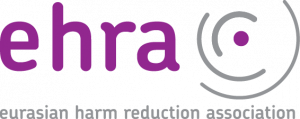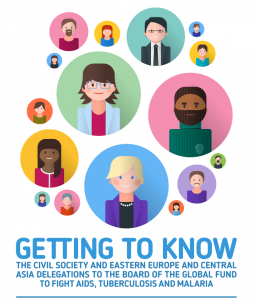The European Centre for Disease Prevention and Control (ECDC) and the European Monitoring Centre for Drugs and Drug Addiction (EMCDDA) Guidance Prevention and control of infectious diseases among people who inject drugs identifies good practice for prevention and control of infectious diseases among people who inject drugs. This guidance aims to support policy makers in Europe to plan adequate, evidence-based, pragmatic, and rationally designed public health responses for the prevention and control of infections among people who inject drugs. It aims at public health programme planners and decision makers working in the fields of infectious diseases, general public health, addiction and mental healthcare, social services, and drug control at national and regional levels.
Published n 2011, the Guidance is currently being updated. In addition to ongoing systematic reviews of peer-reviewed literature, a collection of models of good practice has been initiated by the two agencies, that should add practice-based evidence derived from interventions implemented in real-life, European settings.
The two EU agencies are inviting applications to report models of good practice targeting PWID population aiming to:
- improve community-based testing
- increase linkage to care
- increase adherence to treatment of infection interventions
- prevention or reduction of infections through successful health promotion approaches
The infections of interest are hepatitis B (HBV), hepatitis C (HCV), HIV and tuberculosis (TB).
Should you or your organisation be interested in reporting a model of good practice that fits the scope of this call, please express your interest following this link>>>.












